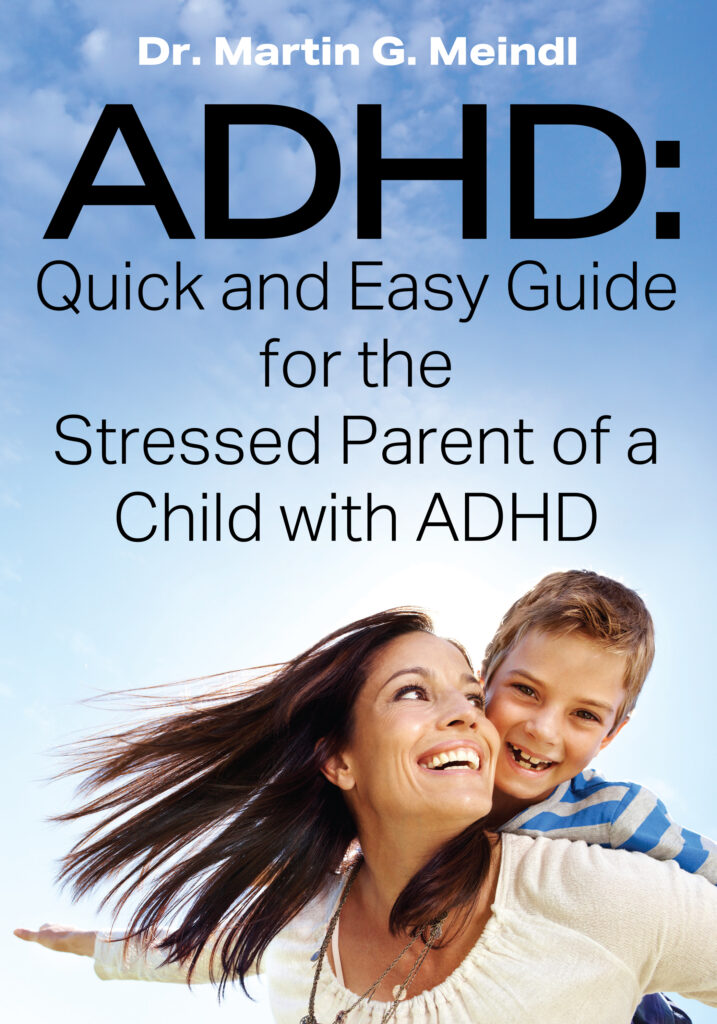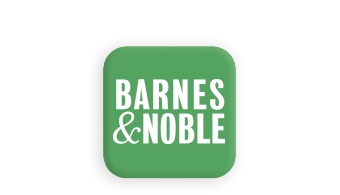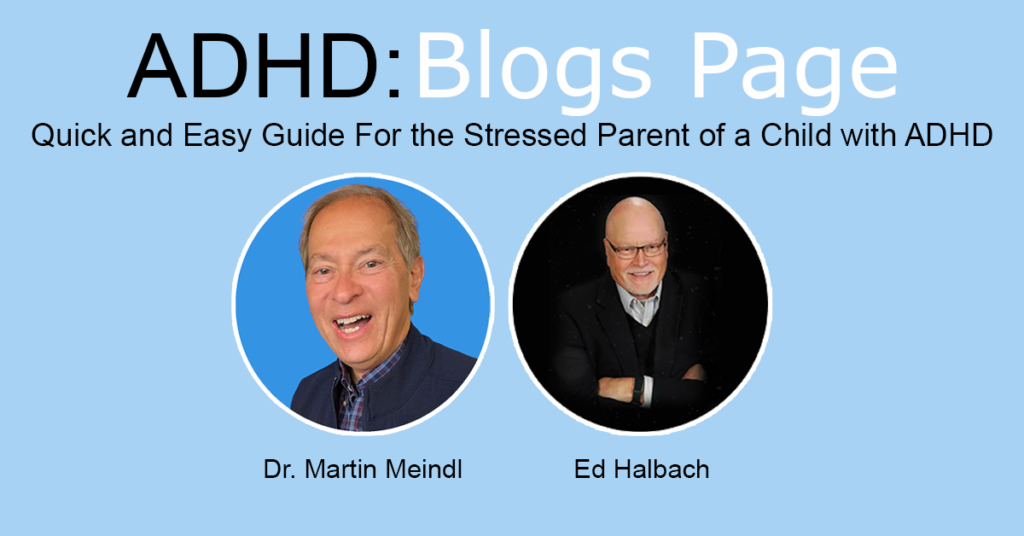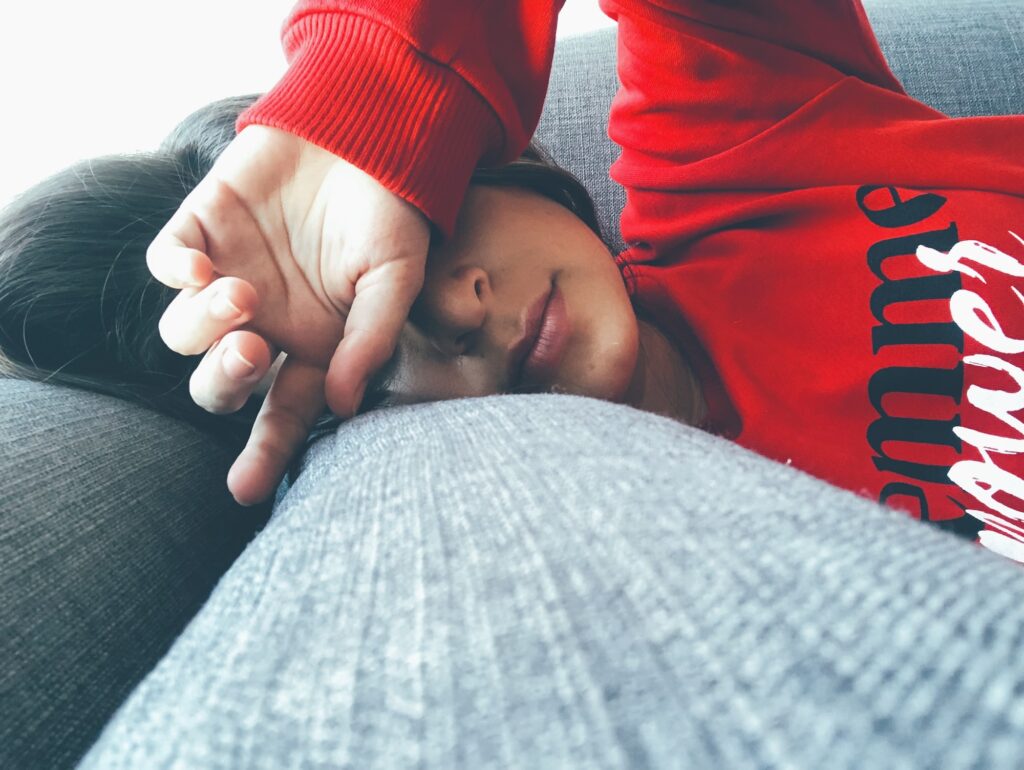In this blog, I discuss the overlap between ADHD and anxiety in children, with up to 30% experiencing both conditions. I cover symptoms, treatment options like therapy, medication, and supplements, and stress the importance of healthy habits. Techniques such as breathing exercises, yoga, and meditation are recommended, alongside Cognitive Behavioral Therapy (CBT). I briefly mention a specific supplement, AnxioCalmR, with a note to consult a healthcare provider before use.
As many as 30 % of children with ADHD also have anxiety.
ADHD is a neurological condition characterized by inattentiveness, impulsivity, and hyperactivity. Anxiety is a disorder that causes feelings of fear or worry about something that might or might not happen. Often these feelings are out of proportion to the situation. As you will see in this blog, ADHD and anxiety have several overlapping symptoms and one condition can affect the other complicating diagnosis and treatment.
In this blog, you will also learn about treatment options for anxiety such as diet changes, behavioral therapy, medications, and supplements.
Each of us experiences stress from real or existing factors daily.
This reaction is designed to protect us from potential threats by putting us in a heightened state of awareness. It is when we continue our reaction after the stress is gone that one has anxiety. When this anxiety persists, often for no apparent reason, it can interfere with our ability to function and can create physical and emotional symptoms. Rapid heartbeat, difficulty breathing, hyperventilation, muscle tension, headaches, excessive sweating, dry mouth, dizziness, vomiting, and stomachache are common. Some have emotional symptoms such as poor concentration, irritability, difficulty sleeping, restlessness, (fidgeting), or fatigue.
How are Anxiety and ADHD different?
As you may see from the above symptoms, anxiety and ADHD can have similar presentations. However, they are not the same condition. For example, those with ADHD have trouble paying attention because they have trouble focusing. Their brain is not working fast enough to sort out all the stimuli so they can respond to what is most important. Those with anxiety have trouble paying attention because they are distracted by worries and fears.
How did your child get anxiety?
The exact cause of anxiety is unknown, but it may be a combination of brain chemistry and environmental factors. Chronic stress can impact nerve cells and their ability to communicate in the brain. Parenting style has been shown to influence the development of anxiety disorder in children. There are also some genetic predispositions that may cause anxiety disorders.
Treating anxiety disorders
No one approach is appropriate for all individuals. Therefore, it is important for you to check with your healthcare provider before starting or changing any treatment program.
- First, recognize there is a problem. Anxiety is your reaction to something that frightens you. All of us experience anxiety every now and then. This anxiety can have dramatic effects on our emotional and physical health.
- Identify triggers. Because anxiety can result from particular events, preparing for situations that trigger anxiety may help to alleviate some anxious feelings.
- Dietary and lifestyle changes. Your child has a better chance of dealing with daily stress and anxiety if she is eating healthy foods, getting adequate sleep, and exercising. The right nutrients are important for brain function. Provide quality proteins, healthy fats rich in omega 3s, and fruits and vegetables. This will provide optimal fuel sources for your child for a healthy brain and neurotransmitters. Eliminate processed grains and meats. In addition, eliminating sugar and caffeine will likely have a significant impact on your child’s anxiety. Thirty minutes of daily exercise has been shown to reduce anxiety as effectively as medication. Whenever possible, exercise outdoors.
- Learn how to breathe. Before Special Forces Units go on a mission, they do diaphragmatic breathing:
1. Sit in a comfortable, quiet place.
2. Sit with your feet slightly apart. Place one hand on your abdomen. Place the other hand on your chest.
3. Gently exhale most of the air in your lungs.
4. Inhale through your nose, counting slowly to 4. As you inhale, slightly extend your abdomen causing it to press against your hand. Avoid moving your chest or shoulders. As you breathe in, imagine the warm air flowing into all parts of your body.
5. Hold your breath for a count of 4, then exhale through your mouth slowly for a count of 4. As you exhale your abdomen should move inward
6. As the air flows out, imagine all your tension and stress leaving your body.
7. Repeat the process until a sense of deep relaxation is achieved. - Compassion. Develop a loving connection with others. Every morning sit comfortably on the edge of the bed or in a chair with your palms together and your thumbs pressed gently into your chest. Close your eyes. Picture your heart as a green light. Take a few long, slow breaths. Think of something or someone that makes you feel good, such as your mother, grandfather, best friend, or pet. Put a smile on your face and picture them in front of you. Tell them you love them and feel that love in your heart, not only for others but also for yourself. See that green light turn brighter and spread out to your entire body. Continue breathing deeply and slowly for a few minutes. As you do this each morning, begin to expand this love in your heart to an ever-expanding world of people, plants, and animals. Then give a blessing or mantra, such as:
- May you be happy.
- May you be healthy.
- May you be safe.
- May you be at peace.
- May you be at peace.
It does not have to be these specific phrases. You can also choose phrases that have meaning to you. Gently repeat the phrases over and over again. Have your mind rest in the phrases. When you recognize you have drifted away from the phrases, gently bring your mind back to the phrases for whatever number of repetitions or time you have chosen.
- Gratitude. There is no denying that everyone’s life can have problems. But the quickest way to nurture positive feelings is to express gratitude for the things we appreciate in our life. Practicing gratitude on a regular basis can reduce draining emotions of envy, stress, and anxiety. It can also strengthen our relationships with others, enhance focus, and improve sleep. Before going to bed each evening, write down things for which you are grateful. Celebrate what is beautiful, interesting, inspiring, and good in your life. First, think about something or someone for whom you are grateful to add to your notebook. Next, focus on those things at school for which you can express gratitude. Finally, list something you can appreciate about yourself. In addition to listing those things for which you are grateful, actually feel the joy and positive emotions you felt during these moments.
- Yoga and Meditation. Studies have shown that the regular practice of yoga can significantly reduce anxiety. The practice of yoga involves a system of exercises that engages both the mind and the body that help to reduce the automatic anxious responses to everyday situations. Meditation equips you to deal with stress in daily life by improving your skills of concentration, awareness, and relaxation. With the consistent practice of mediation your mind becomes calmer, and you experience less anxiety. Both yoga and meditation instructions are subjects planned for future blogs.
- Cognitive Behavioral Therapy (CBT). CBT can help shift your outlook when you get caught in negative thought patterns. The therapist helps you understand the source of your faulty belief, challenge its credibility, and alter your limiting belief to a more productive concept. With CBT in place, it is possible that no medication may be necessary.
- Medication. Stimulants and non-stimulants prescribed for ADHD may sometimes have a beneficial effect on anxiety. But at times these medications can worsen anxiety symptoms. SSRIs are frequently used for anxiety as well. Your medical provider is best to determine what medications to use for anxiety.
- Supplements. Some children do not have improvement or may have side effects from the routine medications for ADHD and anxiety. For those children, one supplement, in particular, has been shown to effectively reduce anxiety symptoms without side effects. This is an over-the-counter supplement called AnxioCalmR from Terry Naturals. This is a special formulation of echinacea, which, unlike other formulations, has shown consistent effectiveness for anxiety. For children 10 years of age or older, give one tablet daily. Improvement in anxiety symptoms should be expected within 60 minutes to 4-5 days. If your child is on prescription medication that you wish to discontinue, do not do so, without directions from your child’s medical provider. Serious consequences can occur if the medications are not tapered appropriately.
About the Book
ADHD: A Quick and Easy Guide for the Stressed Parent of a Child with ADHD will be helpful to those who wish to function as better role models for their children and to those who need the comfort of knowing that there are solutions to the multitude of problems facing them. This book eases your access to information about ADHD with extensive use of infographics. Use the special section on meditation and yoga to ease and nourish the mind and body of both you and your child.







